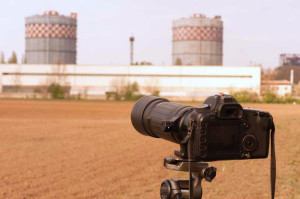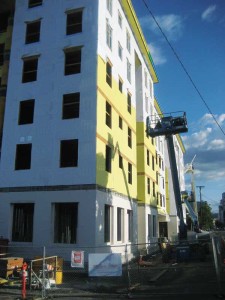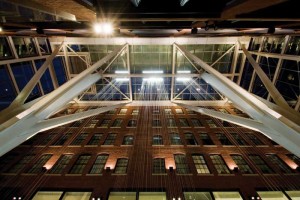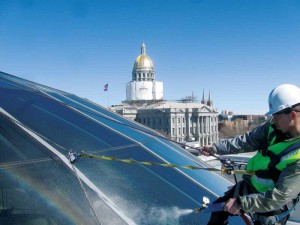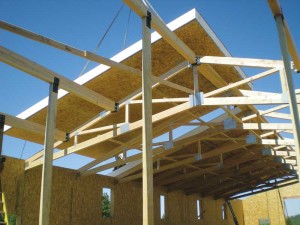This follow-up to a previous article on the importance of field verification, testing responsibilities, and reporting protocol describes some of the equipment and instruments this author frequently uses when visiting construction sites.
+ Read More
|
Two critical aspects of sustainable construction are long-term durability and energy efficiency. The latter is a measure of whole building performance, which depends on the envelope as well as the building systems and occupant behavior.
+ Read More
|
Efflorescence is one of the first signs of moisture problems for cementitious materials, especially masonry. A by-product of moisture combining with free salts, this phenomenon is not only just a cosmetic problem—left unchecked during freeze-thaw conditions, it can cause brick to weaken, spall, or crumble in some cases.
+ Read More
|
With growing emphasis on environmental regulatory compliance, specifiers are discovering less is more when it comes to meeting requirements on volatile organic compounds (VOCs). Over the past decade, VOC content in waterborne and high-solids coatings has dramatically decreased while performance and durability of the solvent-based coatings they replace has...
+ Read More
|
Providing adequate rainwater management and control for air, vapor, and heat flow through the building enclosure is critical to long-term performance and durability. In contemporary wall assemblies with layered materials, the complexity of coordinating these various demands can be overwhelming.
+ Read More
|
The majority of large-scale design/ construction projects revolve around a single concept known as the owner’s project requirements (OPR). Developed throughout each project phase, these criteria essentially define the performance specifications for the building as a whole.
+ Read More
|
Designing and constructing with structural insulated panels (SIPs) can create a tight, energy-efficient building envelope. As with other high-performance wall and roof assemblies, managing air flow and moisture is necessary for maximizing energy savings, occupant comfort, and building longevity.
+ Read More
|
|
|


